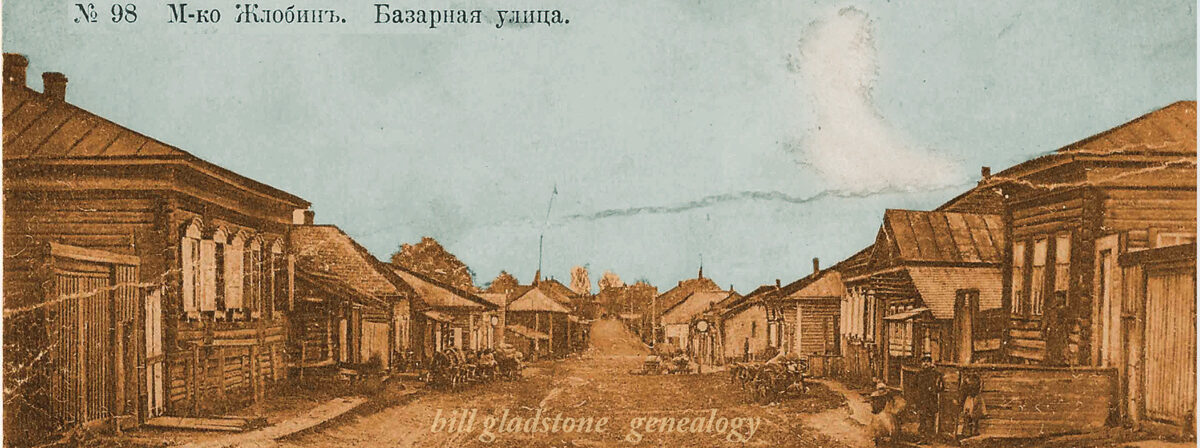A picture, according to proverb, is worth a thousand words, but sometimes the power of a photograph to illuminate a setting seems to go well beyond the descriptive abilities of language. Genealogists are often keen, therefore, to find good generic photographs, illustrations and other visual materials to enhance their family tree research. As defined by…
Tag: ghetto
Kishinev, 100 years later
by •
One hundred years ago this week (April 2003), reports reached the West from St. Petersburg of severe anti-Jewish riots that had occurred in Kishinev, capital of the Russian province of Bessarabia. The first news was sparse. Twenty-five Jews had been killed and 275 wounded in the attacks, newspapers reported, but eventually the death toll would…
Lives Remembered: Photographs of a Small Town in Poland
by •
The collected photographs of Zalman Kaplan, who ran a studio in the town of Szczuczyn, Poland between 1898 and 1939, might never have been considered remarkable or been made the focus of a traveling museum exhibit, had it not been for the almost complete destruction of Szczuczyn’s Jewish community of 3,000 souls during the Nazi…
Two guidebooks from Ruth Ellen Gruber
by •
After several years stationed in Europe as a freelance political journalist, American writer Ruth Ellen Gruber was startled to discover that a magnificent old synagogue had been restored in the Hungarian town of Szeged. “I never had any inkling that such a synagogue could exist outside of a major city,” she recalled. Shortly afterwards, she…
Mary Antin’s The Promised Land
by •
Mary Antin, born in the Lithuanian (now Belarussian) town of Polotsk in 1881, recorded her memoirs of the Old Country and of coming to America in The Promised Land, a book first published in 1911. The Promised Land is a valuable first-person account of the myriad concerns and experiences surrounding the journey from the squalid…
Journey to a 19th-century shtetl
by •
Back about a century and a half ago, the town of Kamenets was a typical Russian-Polish shtetl consisting “of 250 old houses, black and small with shingled roofs,” and with some 450 Jews listed in the Revizski Skazki, the official government registry. However, most of the town’s Jews did not appear in the registry. Fearful…
Journeys of David Toback
by •
It is sometimes said that heredity is destiny — a phrase with some apparent truth in The Journeys of David Toback, an old (Yiddish) diary edited (in English) by Carole Malkin and published by Schocken Books. For David Toback, who became bar-mitvahed in a dirt-poor Ukrainian village in 1888, the pair of tefillin that his…
Harry Bernstein’s ‘Invisible Wall’
by •
Harry Bernstein was 96 years old when his memoir, “The Invisible Wall: A Love Story That Broke Barriers,” was published to great critical acclaim two years ago. Last year he followed up his success with a second memoir, “The Dream,” which similarly has attracted much favourable attention and legions of readers. This year, at 98,…
On Jewish Memoirs and Autobiography
by •
On the several occasions when I’ve enrolled in creative-writing or memoir-writing workshops, usually with the aim of finishing a particular story that I’ve written, I’ve always been struck by the wealth of literary talent seated around the table. This has generally come as a pleasant surprise, since I’ve also observed that few people possess the…
The Jewish ghetto in literature
by •
An intriguing collection of essays throws a new light into the dark world of the Jewish ghettos of Eastern Europe as seen by a cavalcade of Jewish writers including Heinrich Heine and Joseph Roth, and numerous others who have been all but forgotten. Ghetto Writing: Traditional and Eastern Jewry in German-Jewish Literature from Heine to…






